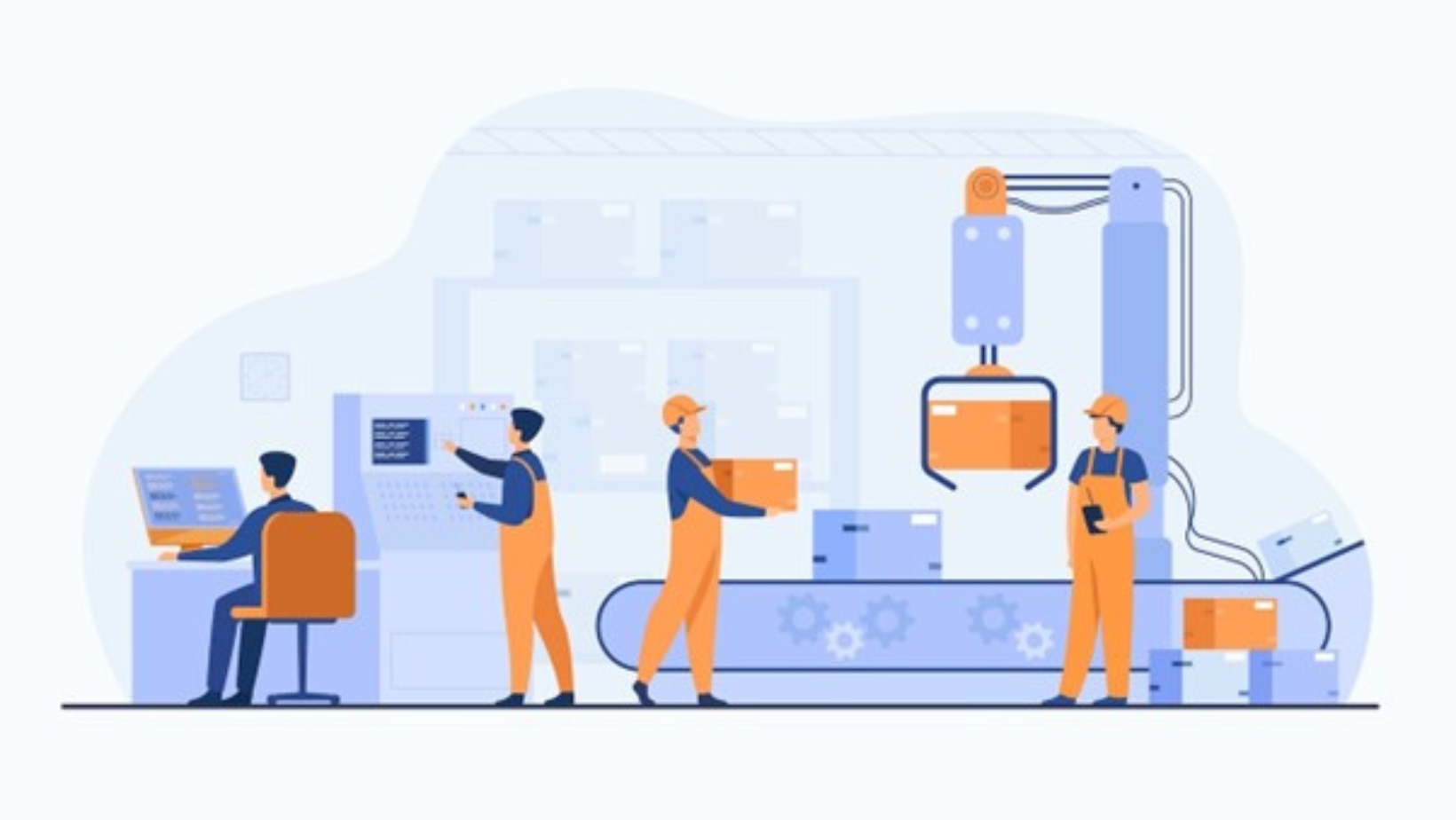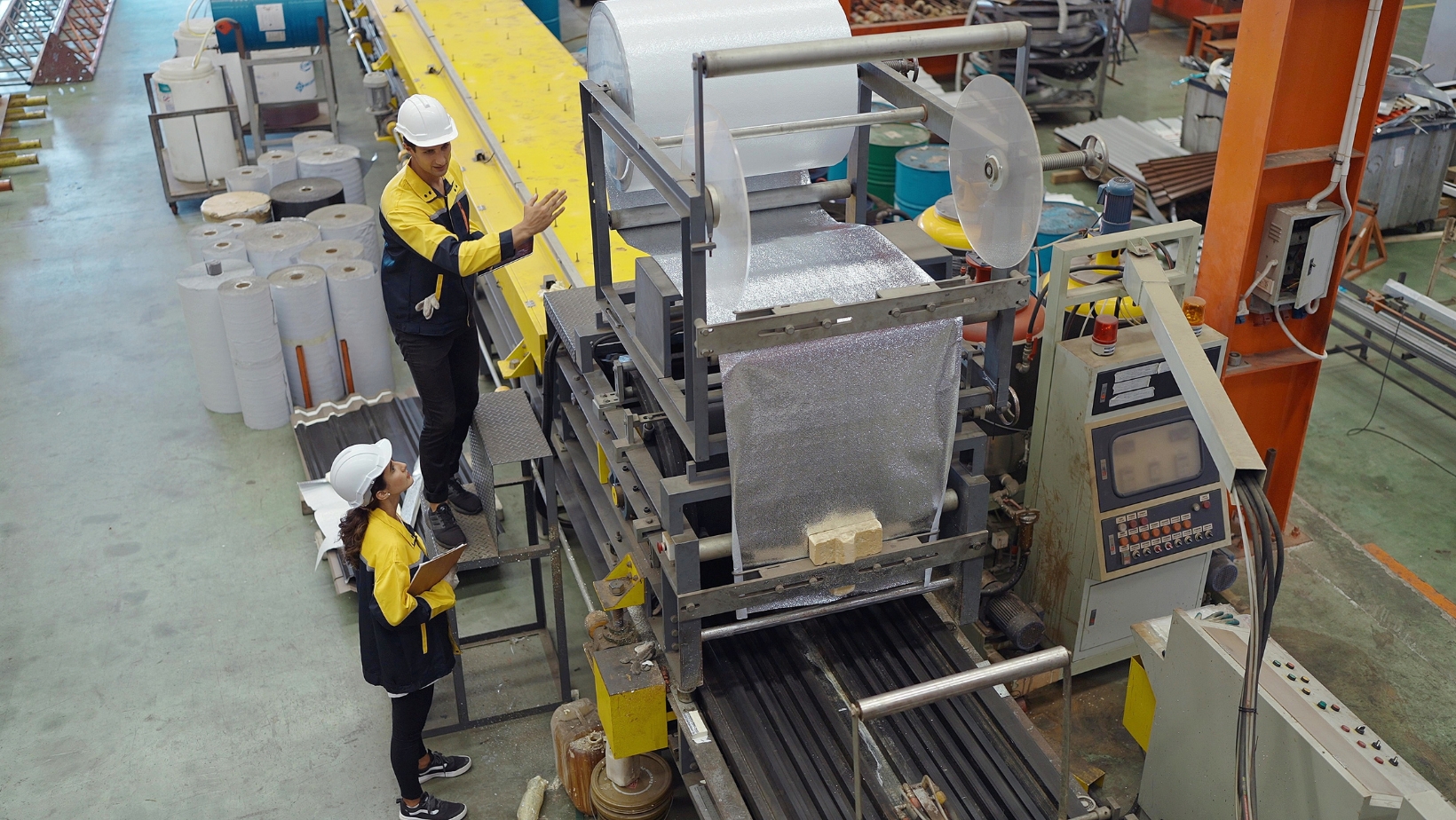Efficiency and keeping equipment running smoothly are essential for industrial companies to stay profitable and competitive. Enter Real-Time Location Systems—a game-changing technology transforming how manufacturers track assets, streamline workflows, and tackle operational bottlenecks. By offering real-time visibility into the movement of equipment, materials, and personnel, RTLS tracking helps facilities cut downtime, ramp up productivity, and improve overall efficiency. In this article, we’ll dive into how RTLS systems are reshaping industrial manufacturing, the standout benefits they bring to the table, and how companies can leverage this technology to stay ahead of the curve.
How RTLS Systems Work and Their Importance for Industrial Companies
RTLS is a cutting-edge technology designed to monitor the real-time location of objects and assets. Its implementation in industrial facilities relies on hardware and software components. The key elements of an RTLS system include:
- Tags (Beacons): Attached to tracked assets, these devices periodically transmit signals containing unique identifiers.
- Readers (Antennas, Gateways): Capture signals from the tags and relay them to a server for processing.
- Server: Processes the data and displays the location of objects on digital maps within specialized software.
RTLS tracking uses a variety of technologies like BLE, UWB, Wi-Fi, and RFID. Each of these technologies comes with its own strengths and weaknesses, so choosing the best one depends on the specific requirements of the industrial setting.
The main benefit of an RTLS system is its ability to track assets in real-time. This data helps manufacturers keep a close eye on inventory, equipment, and assets with incredible accuracy. By adopting this technology, companies can optimize workflows, minimize downtime, and make better decisions to improve their operations.
The Role of RTLS in Enhancing Efficiency and Safety
Asset Tracking and Inventory Management
RTLS works by attaching a tag to each valuable asset that sends out signals, allowing its location to be tracked anywhere inside the facility.

This makes it easy for managers to know exactly where everything is at any time and use that information to make better decisions.
For example, if a piece of equipment is urgently needed, its location can be quickly found on a digital map. The system can also help ensure equipment gets serviced on time. If one machine breaks down, another can be located fast to avoid any disruption.
By using RTLS, businesses can effortlessly keep track of things like vehicles, tools, and materials. This helps make production smoother and inventory management more efficient.
Optimizing Workflows and Production Processes
Real-time data about production helps improve workflow efficiency. For example, if a piece of equipment is often used by several employees, it can be moved closer to their workstations to save time. By tracking where both people and assets are, companies can rearrange their facilities to better match production needs.
Another great use of RTLS is finding lost tools or inventory. The system can quickly show exactly where an item is, saving time and reducing frustration.
Improving Workplace Safety
RTLS helps address common industrial challenges such as poor asset visibility, inefficient transport routes, and the risk of collisions with machinery or personnel. The technology monitors vehicle movements and helps prevent accidents.
Worker safety is significantly improved with wearable devices like helmets, bracelets, or badges that have tracking tags. These devices monitor how close a worker is to vehicles and warn them if a potential collision is coming. If there’s any risk, the system sends an alert, giving the worker a chance to act before anything happens.
RTLS is especially useful for keeping lone workers safe. Those in dangerous or hard-to-reach areas are at greater risk and may not be able to get help right away. By tracking their movements in real-time, RTLS enhances awareness of their surroundings and helps ensure a quicker response in emergencies.
One of the key features of RTLS is geofencing, which sets up virtual boundaries around dangerous zones. The workplace is divided into different areas with different access levels. If an employee enters a restricted area, the system immediately notifies the management. It also tracks when workers enter and leave these zones, along with how much time they spend there.
How RTLS Reduces Equipment Downtime
RTLS offers significant opportunities to ensure uninterrupted operations. By integrating RTLS into industrial infrastructure, companies can minimize downtime and respond swiftly to operational issues.
Minimizing Equipment Downtime
Real-time data on equipment status and location helps minimize downtime. The system is for:
- Preventive maintenance when it’s needed.
- Monitoring of environmental conditions to keep assets in the best state.
- Faster retrieval of equipment.
- Instant alerts when maintenance or repairs are required.

Equipment downtime reduces the company’s efficiency. When production lines are idle, it leads to lost productivity and higher costs. By using RTLS, businesses can avoid these problems and keep their machinery running smoothly.
Rapid Response to Operational Issues
RTLS allows problems in operations to be identified early so they can be dealt with right away. It automates workflows and keeps track of production in real-time. If something goes wrong, it immediately notifies the person in charge to take action.
Advantages of RTLS for Industrial Manufacturing
RTLS provides several key benefits for industrial facilities:
- Improved Productivity: Real-time tracking of workflows helps managers optimize schedules and enhance operational efficiency. Knowing where assets and workers are located allows companies to streamline processes and get more done.
- Increased Safety: RTLS helps avoid poor planning by ensuring vehicles follow safe routes, reducing the chances of accidents like collisions with people or other vehicles.
- Better Use of Resources: Tracking both staff and equipment helps spot any bottlenecks, making it easier to address problems quickly. It also keeps an eye on inventory levels, ensuring the right amount of materials are available without overstocking.
- Lower Costs: By making operations run more smoothly and cutting down on equipment downtime, RTLS helps reduce waste and keeps costs down, ultimately improving profitability.
To sum up, RTLS is changing the way industries function by providing better insight and control over operations. It helps companies stay ahead, boost productivity, and save money.

